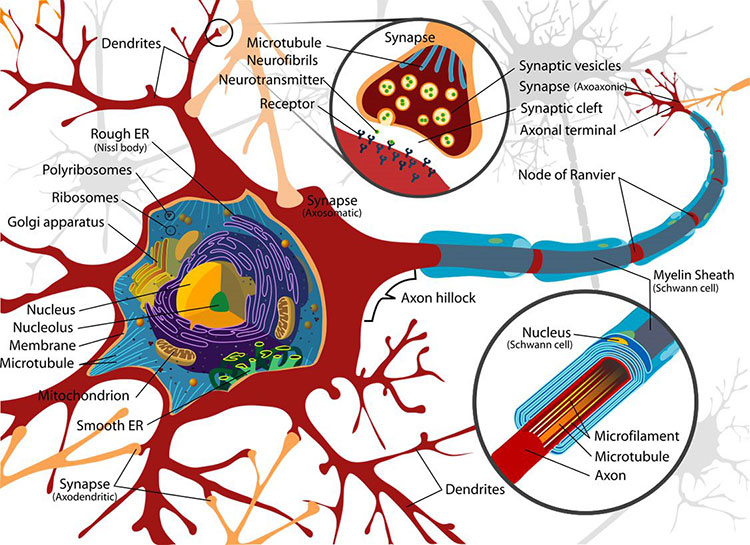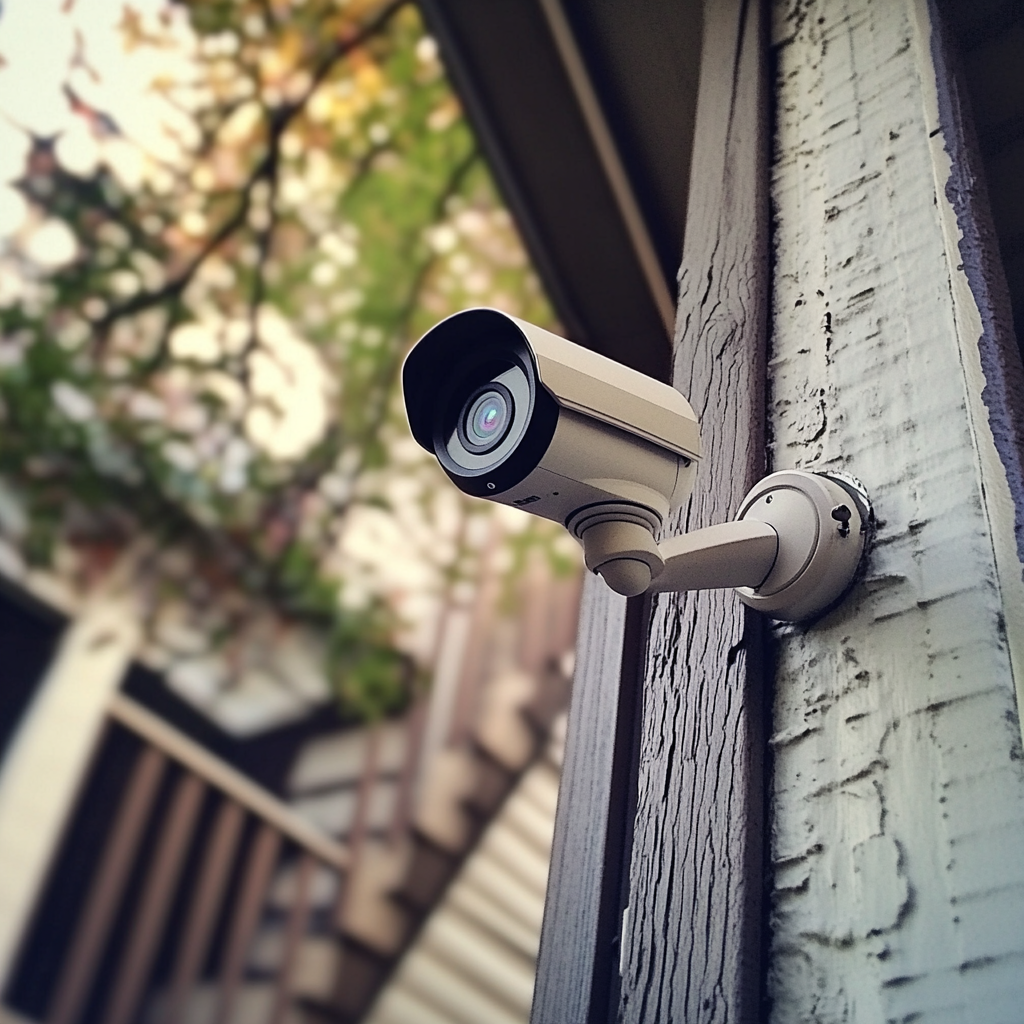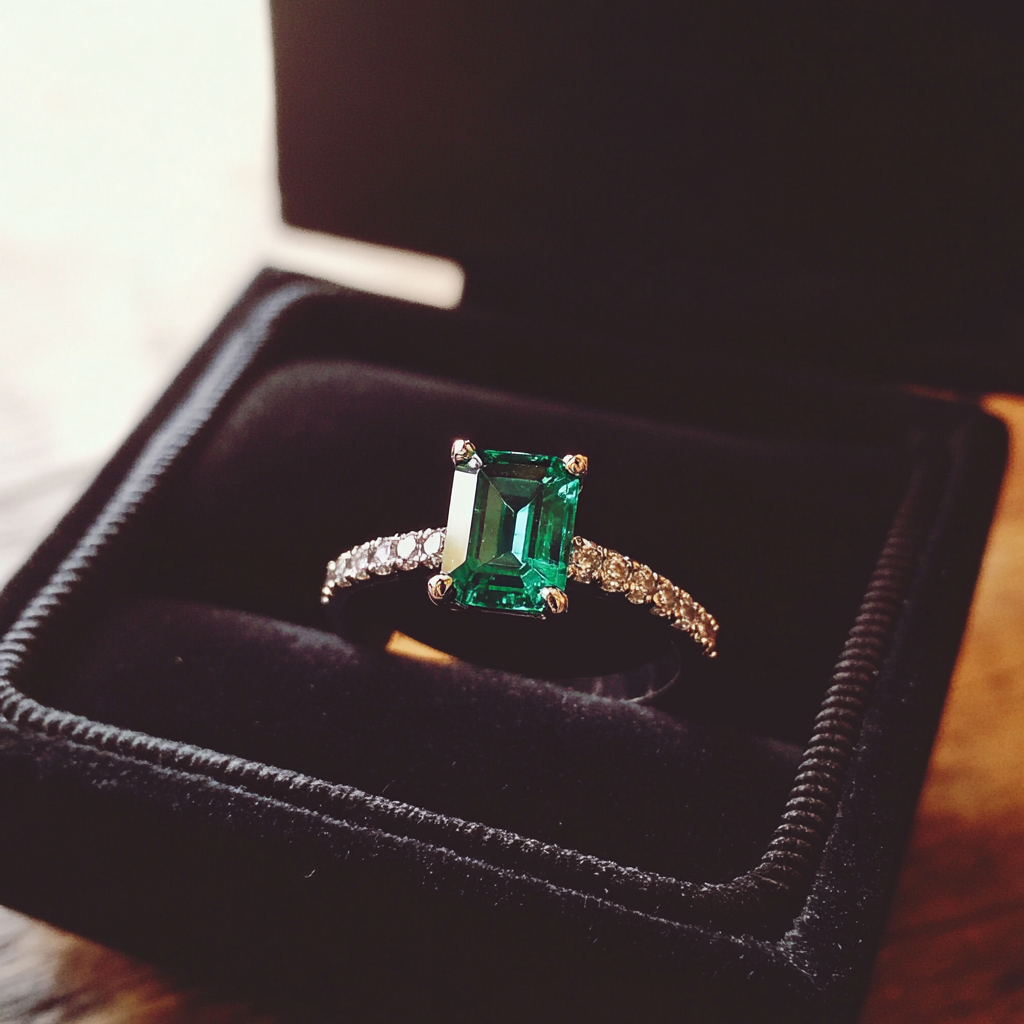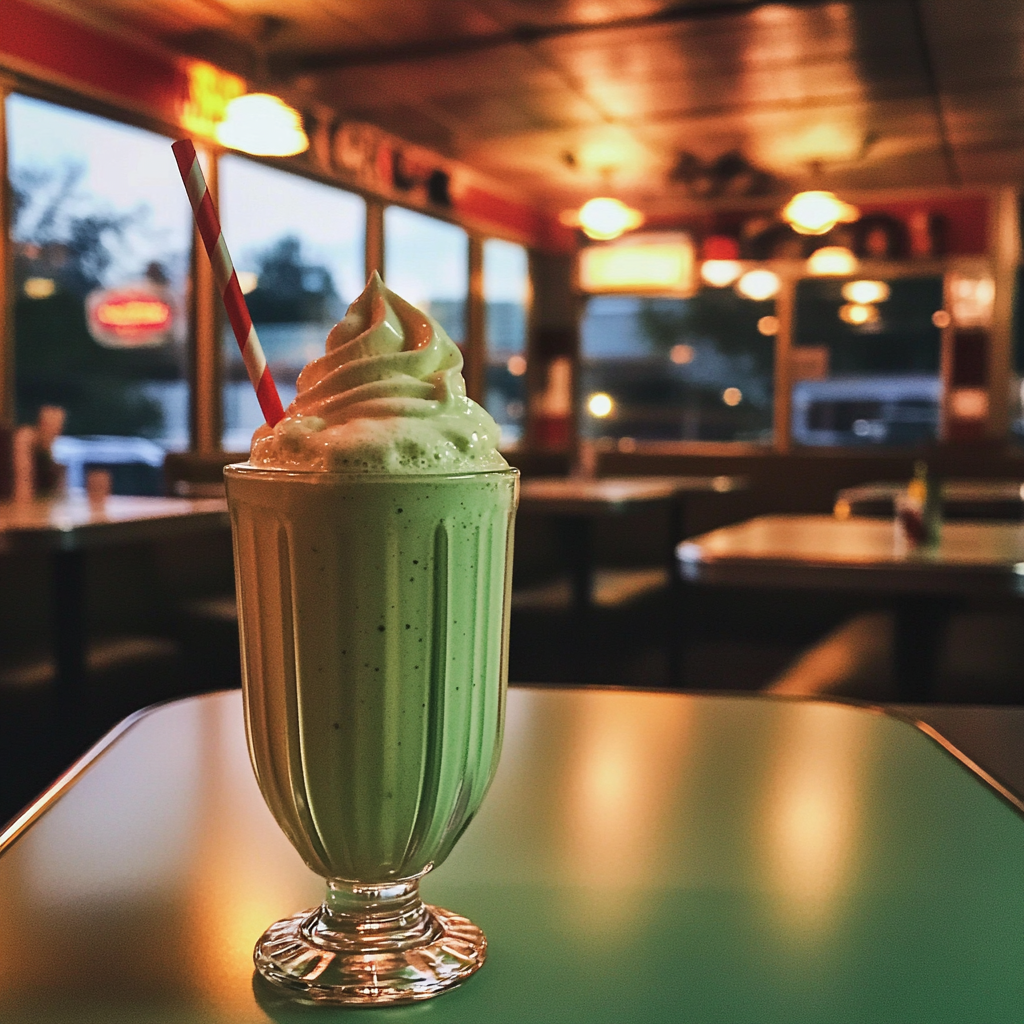Ever wondered just how much data your brain can hold? We often compare the brain to a supercomputer, but what if that comparison isn’t just a metaphor—it’s literal? Deep within your brain, at the junctions where neurons meet, lies an extraordinary form of biological storage: the synapse. And thanks to breakthroughs in information theory, we’re beginning to quantify its staggering capacity.
In this article, we’ll dive into how synaptic storage works, how scientists measure it, and why this knowledge could shape the future of data storage—from artificial intelligence to DNA-based memory.
What Are Synapses and Why Are They Important?

Think of neurons as the brain’s messengers. But without synapses—the gaps between them where signals are transmitted—those messages would go nowhere. A synapse is where the magic happens: it’s the space where one neuron sends a chemical or electrical signal to another, sparking thoughts, memories, movements, and more.
Now here’s the kicker: each of these tiny junctions doesn’t just pass along data—it stores it.
Your brain has about 86 billion neurons, and each one can form around 1,000 synapses. That’s a total of roughly 125 trillion synapses buzzing away in your brain, constantly sending and receiving signals. These connections form the foundation of your memories, knowledge, and perception.
Measuring Synaptic Storage with Information Theory
To understand how synapses store information, scientists turn to information theory—a branch of mathematics that deals with encoding, decoding, and compressing data. Think of it like analyzing how much a hard drive can hold, but on a biological scale.
Video : 2-Minute Neuroscience: Synaptic Transmission
Each synapse, as it turns out, can store up to 4.7 bits of information. That might not sound like much until you consider the scale:
- 1 bit is a single piece of binary data (a 0 or 1)
- 4.7 bits per synapse × 125 trillion synapses = over 500 trillion bits of potential storage
Translated into digital terms, your brain can theoretically store more data than the entire internet—all in a compact, low-energy package powered by biology.
The Brain’s Efficiency: Powering Trillions of Connections
Here’s something even more mind-blowing: while your laptop heats up and guzzles electricity, your brain handles all of this complex storage and processing using roughly 20 watts of power—that’s about the same as a dim light bulb.
This insane efficiency is what’s inspiring researchers to build neural networks and deep learning systems that mimic the brain. If computers could process and store data like synapses do, we’d have faster, smarter, and greener technology.
Artificial Intelligence and Synaptic Models
The field of AI, especially machine learning and deep learning, borrows heavily from how the brain processes and stores information. Artificial neural networks use layers of interconnected nodes (inspired by neurons) to simulate learning.
But here’s where it gets interesting: researchers are now using real data about synaptic information capacity to refine these systems. The goal? To build AI models that are more human-like, not just in intelligence but in efficiency and adaptability.
Imagine a future where your smartphone thinks and stores information with the same elegance as your brain. That future isn’t science fiction—it’s science.
Beyond the Brain: DNA as the Ultimate Storage Device
While the brain remains the pinnacle of biological storage, it’s not the only game in town. Enter DNA, nature’s original information vault.
DNA doesn’t just code for life—it can be used to store digital data. And we’re not talking small files here. A single gram of DNA can hold up to 215 petabytes of data. That’s 215 million gigabytes—enough to store every photo, song, and document you’ve ever owned, plus millions more.
In fact, researchers have already done it. In one groundbreaking study, scientists encoded a 52,000-word book into synthetic DNA. They converted the digital content into binary (0s and 1s), then translated those digits into DNA’s four-letter alphabet: A, T, G, and C. The result? A physical strand of DNA holding a complete, retrievable digital file.
Why DNA Storage Matters for the Future
Traditional storage devices—hard drives, SSDs, even cloud servers—have physical limits. They degrade over time and take up massive amounts of space. DNA, on the other hand, is incredibly compact, durable, and stable for thousands of years if stored properly.
If scaled correctly, DNA storage could revolutionize how we preserve knowledge. Imagine backing up the entire contents of the Library of Congress on something no bigger than a sugar cube. That’s the level we’re talking about.
Video : How Your Brain Remembers: Neurons & Synapses Explained!
Bridging Biology and Technology
What’s exciting is how these two areas—brain synapses and DNA storage—are starting to intersect. Both are nature’s proof that small-scale systems can handle mind-blowing amounts of data. As scientists continue to decode these systems using information theory, they’re finding ways to integrate them into technology.
It’s not about replacing computers with brains or turning DNA into a USB drive. It’s about learning from nature’s most efficient designs to build the next generation of computing and storage systems.
Conclusion: Reimagining Storage in a Biological World
Your brain’s 125 trillion synapses silently store and process more information than entire server farms, all while sipping on 20 watts of energy. Meanwhile, DNA—the code of life—is showing us how to pack massive libraries of data into microscopic strands.
By measuring synaptic storage capacity with information theory, we’re not just understanding the brain better—we’re laying the foundation for a new era of intelligent, efficient technology.
The takeaway? Nature has already solved problems we’re only beginning to understand. And the more we study it, the closer we get to unlocking the true potential of both our minds and our machines.
My Younger Sister Stole My Fiancé – But I Got the Ultimate Revenge at Her Wedding

When Paige’s sister steals her fiancé, betrayal isn’t enough, she wants to flaunt her little victory. One year later, an invitation arrives. Erica is getting married to the man she took, and she wants Paige to watch. But what Erica doesn’t know is that Paige has a plan. And before the night is over, the bride’s perfect day will be in ruins.
I wasn’t supposed to be at this wedding.
That much was clear from the sideways glances and the murmured whispers trailing behind me as I walked through the grand hall.

A smiling woman at a wedding | Source: Midjourney
I’ll admit, the wedding set up was stunning. Erica had taken her time to set the scene with shades of gold and ivory. The guests had come wearing their expensive gowns and tuxedos. Everything was… stunning.
But no amount of elegance could mask the rot beneath the surface.
This wasn’t just any wedding. This was her wedding.
Erica.

People at a wedding | Source: Midjourney
My younger sister. My parents’ golden child. The one who was handed everything on a silver platter while I scraped and clawed for every bit of success I had.
And now?
She had taken the one thing that was supposed to be mine.
Stan.

A smiling woman | Source: Midjourney
Stan had been my fiancé. He had been my future. He was the man I loved and trusted, until I came home early from work one night and found them tangled together in our bed.
I still remember how he froze, his face twisted in guilt. As for my sister? She had only smirked, her voice dripping with smug satisfaction.
“I won, Paige,” she had said simply. “Checkmate.”

A shocked woman | Source: Midjourney
A month later, the wedding I had spent over a year planning was canceled, with all the vendors trying to keep my deposits. And what about Erica and Stan? They no longer had to sneak around. They were finally an official couple.
After that, I left town for a few weeks, moving around hotels while working remotely. I tried to put it all behind me, and eventually, I did. When I was ready, I moved back in and got myself a kitten.

A ginger kitten | Source: Midjourney
Then, the invitation arrived.
And now, a year after that entire fiasco, here I was, standing in the middle of their celebration, invited as nothing more than a spectator to their so-called victory.
I bet it was my parents who forced her to invite me. If Erica had her own way, she would never have invited me. Or maybe she would have… just to gloat. She was as nasty as they came.

A wedding invitation | Source: Midjourney
But what Erica didn’t know, what nobody knew, was that tonight, I wasn’t here to mourn my loss.
I was here to make sure that Erica would never forget what she had done to me. And with that, she would never forget the surprise I had planned for her wedding reception.
The ceremony was a blur. I stood near the back, barely listening as the officiant droned on about love and devotion. Honestly, they were just words that meant nothing.

A woman standing in a wedding venue | Source: Midjourney
Stan, dressed in a sharp black tuxedo, stared at Erica with a look of adoration I knew was fake. She, in turn, beamed up at him like she had won the grandest prize of all.
I almost laughed.
Enjoy it while you can, sweetheart, I thought while sipping my champagne.

A smiling couple | Source: Midjourney
By the time the reception began, the hall buzzed with laughter and clinking glasses. A massive screen behind the dance floor played a slideshow of their engagement photos, Stan lifting Erica into the air, their foreheads touching as they smiled at each other.
Honestly, if you didn’t know the history of how they got together, you would think they were genuinely happy.
And maybe they were. Maybe this was how things were supposed to turn out.

Glasses of champagne on a table | Source: Midjourney
But I wasn’t going to give in that easily. I wasn’t going to just let this go.
Why should Erica get the happily-ever-after, especially after all the pain and betrayal I had felt?
Nope. Not a chance.
Soon, their perfect little fairytale was about to take a turn.
I moved through the crowd unnoticed, my sleek black dress hugging my frame just right. I wasn’t dressed like a guest. I was dressed like a reckoning, and I felt confident, more confident than I had in a long time.

A woman walking through a wedding reception | Source: Midjourney
Reaching the laptop connected to the projector, I slipped in my flash drive. A few clicks, a deep breath, and then…
Showtime.
The first few seconds went unnoticed. The guests continued sipping champagne and nibbling on canapés, lost in conversation. The bridal couple made their way through the crowd, stopping to talk and hug people as they went.
Then, Stan’s voice filled the hall.
“Please, don’t leave me!”

A man sitting on a bed | Source: Midjourney
The video played on the massive screen, the footage grainy from the security camera mounted in my bedroom. Stan was on the bed, his face streaked with tears. I was standing on the other end listening to him try to ‘explain’ what had gone on between him and my sister.
“Erica means nothing to me, Paige! Absolutely nothing!” he sobbed. “She was a mistake! I love you, Paige! I made a huge mistake!”
A heavy silence fell over the room.
I turned to look at Erica.
Her face drained of color.

A shocked bride | Source: Midjourney
Stan, too, stood frozen, his eyes wide. His hands twitched at his sides.
But still, I wasn’t done.
The video cut to more security footage. I lived in a quiet neighborhood that was often targeted for break-ins, which was why I had security cameras installed everywhere and in every room.
Now, the footage showed Erica and Stan sneaking into my house together, slipping into my bedroom when they thought I was working late. Timestamp after timestamp, betrayal after betrayal.

A security camera on a porch | Source: Midjourney
Then, the final nail in the coffin.
Erica, lying in my bed, laughing.
“She’ll never know…” she whispered, her voice light and breathy.
“Paige who?” Stan said, laughing with her.
A collective gasp spread through the crowd. Someone dropped a champagne glass.

A broken champagne glass | Source: Midjourney
“Oh my God,” a woman murmured.
My mother looked like she might faint. My father’s jaw clenched so tightly I swore I heard his teeth grind.
And then, pure chaos.
Erica stumbled back, her hands shaking.
“This… this isn’t real!” she stammered.

A shocked woman | Source: Midjourney
But the proof was right there, glaring under the bright glow of the screen.
“Dinner will be served now!” she blurted, waving her hands in the air. “Everyone just take your seats and enjoy!”
Stan turned to her, his expression morphing into pure rage.

An angry bride | Source: Midjourney
“Erica, you told me that you went onto Paige’s computer and deleted the footage.”
“Oh?” I mused, my voice dripping with mock innocence. “You mean you knew about it? You knew that the security cameras were going to catch you in the act?”
His face paled, giving himself away.
The guests murmured louder now, judgment and disgust flickering through their faces.

A shocked groom | Source: Midjourney
And then, before Erica could retaliate, a voice cut through the tension.
“Paige.”
I turned.
Jack stepped forward from the crowd, his crisp white shirt visible beneath the black vest of his waiter’s uniform.

A smiling man holding a tray | Source: Midjourney
Month ago, when I told Jack about what I wanted to do, he was adamant that he needed to be with me. He had just come over after work and the first thing he saw was my sister’s wedding invitation on the table.
“I want to go to the wedding,” I said. “I just don’t want to be… I don’t know. Jack, Erica is a problem. She’s used to everything being about her. I want to teach her some kind of lesson.”
Jack moved around the kitchen, chopping whatever I asked him for.
“Then I’ll come with, Paige,” he said.
“But I don’t want to draw attention to you,” I said, handing him a bowl of ramen. “I don’t want Erica to spoil my moment before I even get to it. And if she sees you, that’s exactly what she’ll do.”
“Then I’ll come in as a waiter, if that’s what it takes!” he said. “But I want to be there. That way, if you need me, I’ll be right there.”
In the end, I gave in. I was switched off from my parents, and I hadn’t been close with my family for a long time, so knowing that Jack was around made me feel better.

A bowl of ramen | Source: Midjourney
Now, Jack set down his tray of champagne glasses on a table and smiled at me.
His sharp blue eyes met mine. They were steady and unwavering… and reassuring.
I had never been more grateful to see someone in my entire life. As much as I was surrounded by family, having Jack around was the one thing that had kept me grounded throughout the ceremony. I despised Erica and Stan but watching them actually get married did tug at my heart.
But now? Seeing Jack?
I was comforted.
“Shall we go?” I asked.
Jack shook his head and walked over to me.

A smiling man | Source: Midjourney
Gasps rippled through the crowd as he strode toward me, each step measured and purposeful. And then, without hesitation, he dropped to one knee.
The room, already reeling from the scandal on screen, now fell into a stunned silence.
Jack reached into his pocket and pulled out a small velvet box. He opened it, revealing the most breathtaking ring I had ever seen.
“I’ve waited long enough to ask you this, my love,” he said, his voice strong, clear, and certain. “Paige, will you marry me?”

A beautiful engagement ring | Source: Midjourney
A sharp inhale swept through the crowd.
Erica let out a strangled sound.
“Are you… are you kidding me right now?” she screeched. “Paige! Why? What the hell? Now? At my wedding?!”
She looked like a deer in headlights but she also looked a canon about to burst through the room, taking everything down with her. For a moment, I felt bad. But on a whole… I felt vindicated.

A shouting bride | Source: Midjourney
I smiled, the weight of the past year lifting from my shoulders.
She had stolen the wrong man. Stan was nothing compared to Jack. Jack was everything that Stan hadn’t been. He was trustworthy and certain about life and his love for me.
Stan? Stan had just wanted a good time.
But as I looked at him now, he looked heartbroken. He looked like everything wrong had happened to him and the weight of it all was suffocating. He looked at Erica who was still fuming. He even tried to reach out to hold onto her hand but she tugged it away with such a force that he looked shocked.
I would have checked on him. But he wasn’t my problem.

A side view of a groom | Source: Midjourney
Instead, I turned back to Jack, my chest tight with emotion.
“Yes!” I said, my voice unwavering. “Yes, Jack! I will!”
The room erupted. Some guests, still reeling from the scandal, now cheered. My mother wiped away tears, not of shame this time, but of joy.

An emotional woman sitting at a table | Source: Midjourney
Erica’s face twisted in pure, unfiltered rage. There was something unfamiliar about her rage. I hadn’t seen her so upset in my entire life. Erica was used to getting everything she wanted but now on the most important day of her life, she had lost control. There was no joy in her actions. There was no victory over me anymore.
There was just… anger and hurt. And disappointment. I should have felt bad, right?
But I couldn’t. I just couldn’t bring myself to it.
“This is my day!” she shrieked, stamping her foot and knocking her chair over.

An upset bride holding her head | Source: Midjourney
I turned to her, tilting my head.
“Oh, honey,” I said, my voice dripping with sweetness. “You stole that fool from me and my wedding. I just returned the favor and stole the show.”
Then, with Jack’s hand firmly in mine, I walked out of the hall, leaving my sister standing at her wedding reception, humiliated, betrayed, and hurt.

A smiling woman | Source: Midjourney
The wedding was far behind us, but my heart was still racing. The echoes of gasps, whispers, and Erica’s shriek still clung to the edges of my mind.
Now, though, it was just Jack and me.
We sat across from each other in a tiny 24-hour diner, both of us absurdly overdressed for a place that served greasy fries and milkshakes in chipped glasses. My sleek black dress felt out of place against the cracked leather booth, and Jack looked like he had just stepped out of a movie scene.

The interior of a diner | Source: Midjourney
And yet, this was the most comfortable I’d felt all night.
Jack slid a plate of fries toward me.
“Eat,” he commanded. “You’ve had a long day.”
“That’s an understatement,” I laughed, but I picked up a fry anyway.

A plate of fries | Source: Midjourney
For a while, we just sat there, the hum of the diner filling the silence. It wasn’t awkward, it was easy. But that had been life since I met Jack.
Finally, I set my drink down and met his gaze.
“So… how long were you planning that?”
“The proposal?” he smirked.
He exhaled, leaning back against the booth.

A smiling man | Source: Midjourney
“I’ve wanted to ask you for months, Paige. But I knew you weren’t ready. Not just for marriage, but the whole commitment thing? You needed time to heal. I wasn’t going to rush that.”
His fingers traced patterns on the table and then picked up his milkshake.
“But when I found out that she invited you? That was the final straw. I wasn’t going to let you stand there alone while she flaunted him in front of you.”

A lime milkshake on a diner table | Source: Midjourney
“And you got a job in the catering industry, or you snuck in?”
“I called in a favor, honey,” he grinned. “Apparently, I look good holding a tray.”
I laughed, really laughed, for the first time in a long time.
Jack leaned forward, his expression much softer now.

A woman sitting in a diner and laughing | Source: Midjourney
“I meant every word, Paige. I love you. And I’ll wait as long as you need. But this evening felt like the right moment to finally ask.”
“I think,” I said after a moment, “that you chose the perfect moment.”
And for the first time in a long time, I felt like I had won.

A smiling woman sitting outside | Source: Midjourney
What would you have done?
If you’ve enjoyed this story, here’s another one for you |
When Davina promised her sister Clara $10,000 for her wedding, she never expected betrayal to cancel the big day. But when Clara demands the money anyway, despite her role in the wedding debacle, it’s time for Davina to set her straight. A lesson in loyalty, consequences, and unexpected twists you don’t see coming…
This work is inspired by real events and people, but it has been fictionalized for creative purposes. Names, characters, and details have been changed to protect privacy and enhance the narrative. Any resemblance to actual persons, living or dead, or actual events is purely coincidental and not intended by the author.
The author and publisher make no claims to the accuracy of events or the portrayal of characters and are not liable for any misinterpretation. This story is provided “as is,” and any opinions expressed are those of the characters and do not reflect the views of the author or publisher.



Leave a Reply